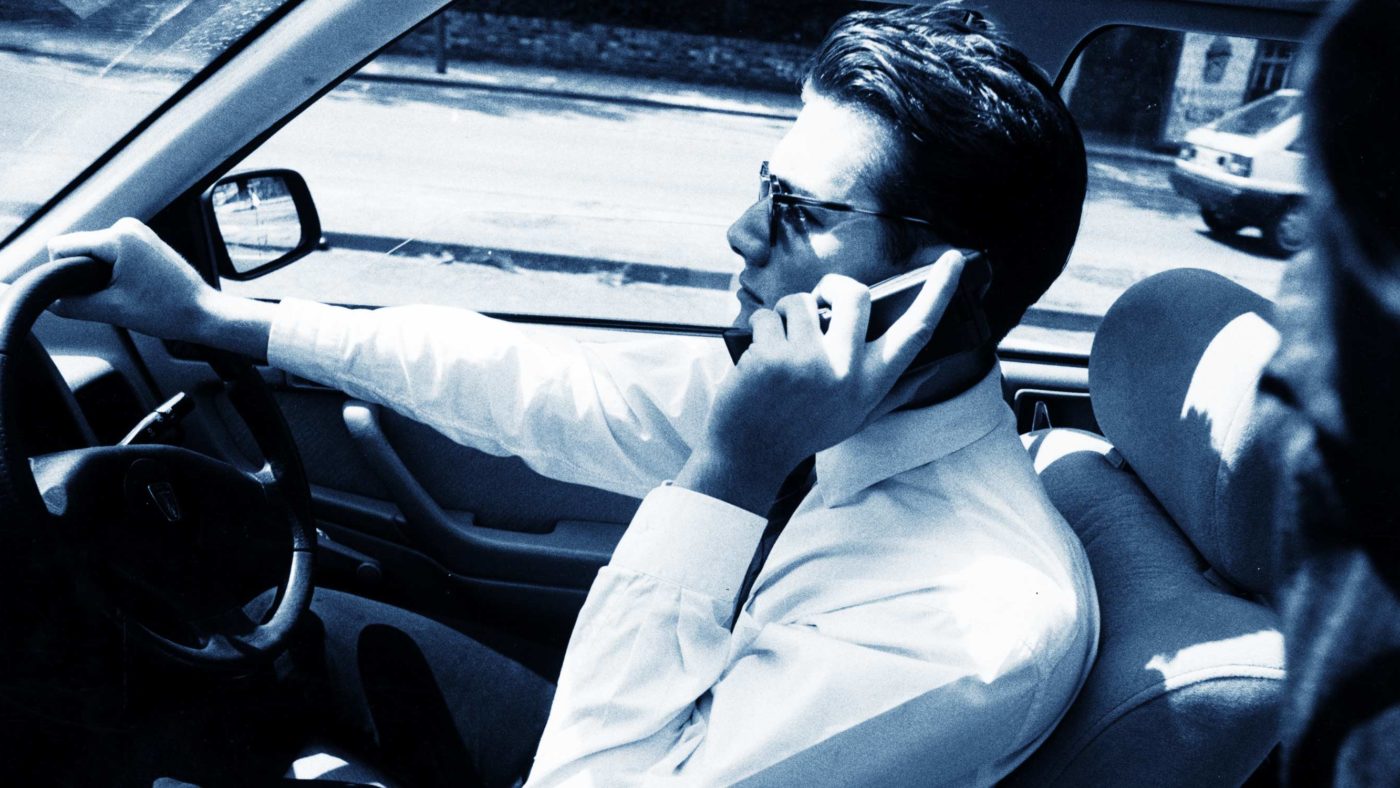Quiche is in, pork pies are out. That’s the news from the Office for National Statistics. Most of us won’t have noticed this change in consumer habits but apparently it’s large enough to mean that we’ve got to change the way we measure inflation.
The price of a pork pie is no longer representative of the price changes faced by most of us; that of a quiche is.
It is a reminder that there is no such thing as “the” inflation rate. The varied prices of various things change in a variety of sizes and directions. We do not measure the price of everything in the economy so we cannot calculate that one single inflation rate. Instead, we select a representative sample of goods and services and count those. That, of course, does not mean we are all experiencing the same rate of inflation. The Americans issue an urban one, a rural one, one for retired households and so on, reflecting the fact that they have different spending patterns and thus face a different mixture of changing prices.
Which items we measure the price of is therefore an important issue. The obvious approach is to select what people buy. Thus the quiche and pork pie switch; consumption patterns are changing. Or in that list of changes, prepared mashed potato, chilled, is now in. 50 years ago no one would dream of measuring the price of that, on the basis that it didn’t exist. Now it’s a large enough part of consumer spending that we should include it in our inflation measure.
This is the right approach. But it isn’t perfect.
The problem is that it overstates inflation. The beancounters know this, even if they are loathe to mention it because there is no easy solution to the problem. To understand the issue, look at how we use television prices in our measure of inflation. We now measure different TV sizes. Screens that are larger than 40 inches are included in the basket. This may not seem like an economic issue of great importance, but it is illustrative of why we over-measure inflation.
The biggest price reductions in new technologies — including large televisions — come while they’re still toys for the rich. It’s only when many of us buy something that we include it in the inflation measure – but most of us only buy things once the price has dropped and it is no longer a toy for the rich. When mobile phones first arrived in the UK they cost more than most of the second hand cars I’ve had and airtime alone was pounds per minute. Now they’re more or less an essential. And we’ve all got them because they are cheap. They entered the inflation basket well down the steep cost curve that has taken their price tag from eyewatering to “who cares?”
This problem is not disputed; it just isn’t talked about too much out of embarrassment. US guesstimates are that inflation is overstated by 1 to 2 per cent each and every year because of this. ONS insists the UK does better than this but then they would say that wouldn’t they?
Compounded over decades, this small mistake makes a big difference to our view of economic progress. We work out the inflation rate so we can deduct is from nominal growth to get to real. But if we overstate inflation by 2 per cent over 35 years, our economic statistics could be telling us we’re no better off at all while in fact real living standards, real incomes have doubled. And the more that our economic growth is being driven by advancing technologies then the worse this problem will be.
We know very well that we overstate inflation and thus understate real economic growth. We also don’t really know what we can do about it because we’re measuring inflation the best we can. This is an intractable technical problem but identifying it does at least explain the great disparity that many of us observe. We can see that the world is getting better, as are our own lives are, but we can’t see it in the numbers. It’s the numbers that are wrong, not our lyin’ eyes.


